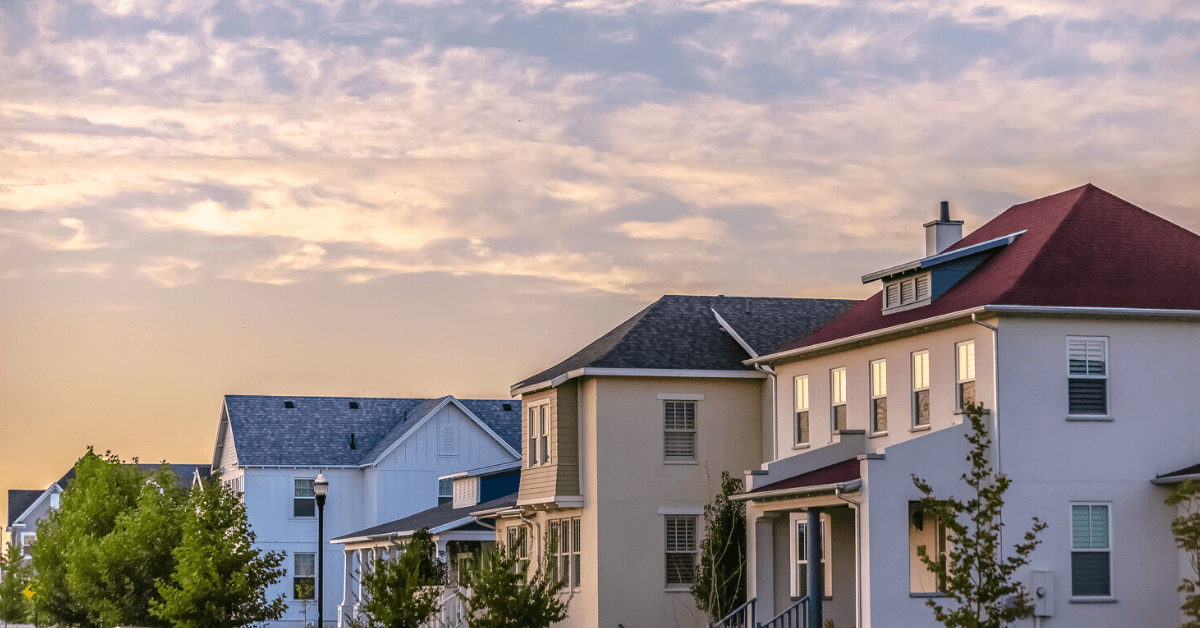
Ogden No Longer Just A Drive-by Town
While some housing markets in the United States struggle with affordability or even availability, others are flourishing and should continue to do so through at least 2024, if not longer.
Take Ogden, Utah for example. Always known as the gateway to popular ski resorts like Snowbasin, Powder Mountain and Nordic Valley, Ogden is getting much more serious attention from people who want to live there – not just pass through on their way to the slopes.
It, along with several other markets that are doing well, should all outperform initial projections for that market over the next three to five years, according to a study released in December by the National Association of REALTORS® (NAR).
“Some markets are clearly positioned for exceptional longer-term performance due to their relative housing affordability combined with solid local economic expansion,” said NAR’s Chief Economist Lawrence Yun. “Drawing new residents from other states will also further stimulate housing demand in these markets, but this will create upward price pressures as well, especially if demand is not met by increasing supply.”
The 10 most notable markets expected to outperform projections also included Charleston, S.C., Charlotte, Colorado Springs, Colo., Columbus, Ohio, Dallas-Fort Worth in Texas, Fort Collins, Colo., Las Vegas, Durham-Chapel Hill in North Carolina and Tampa-St. Petersburg in Florida.
There were a number of factors that made these markets project to be the hottest as far as real estate over the next half-decade, including job growth compared to the national average, housing affordability, the structure of the age population, their attractiveness to retirees, how likely they are to attract new residents from out of the area, and the appreciation of home prices over time.
Ogden specifically has seen job growth of nearly 3 percent, almost double the national average (1.6 percent).
“Potential buyers in these markets will find conditions especially favorable to purchase a home going into the next decade,” said NAR President Vince Malta, a broker at Malta & Co., Inc., in San Francisco. “The dream of owning a home appears even more attainable for those who move to or are currently living in these markets.”
Approximately 13 percent of the total population in the Fort Collins market (about 86,300 people) moved into the area recently, and 63 percent of those are renters.
That rent number shouldn’t surprise since the median age of all recent movers to the area is just 26 years old with 44 percent of that population being under the age of 25.
Still, despite the youthful nature of this population boom, 41 percent of those recently moved renters can afford to buy a home at the median price of $271,000, assuming a 20 percent down payment. The median income of individuals who have recently moved to Ogden is $55,500, which would also indicate those looking for workforce housing (middle-income earners) are finding what they need in this market.
Despite the young median age, 62 percent of recent movers are married couples or families, meaning a combination of folks looking to begin their careers in a place they can both find work and simultaneously afford to live, and those looking for a place to set down roots for their families while finding a place that is affordable to live and work is the driving force behind bringing young families to Utah.
The average length of time for people to own a home in Ogden is 10 years, which shows the market has a staying power when it comes to settling down into a community, and that is likely to go up even more with a younger group of new homeowners coming into the market looking to make it their home.
While a majority of the recent movers have come from other parts of Utah, there are a significant number of new residents coming from parts of Idaho, Riverside, Calif., or the Los Angeles, Seattle, Phoenix, Houston and Portland markets.
Time to Focus on Affordable Housing
Taxes on real estate are not the answer. Sign the petition calling on Congress to address our country’s housing shortage.





